- Home
- Ischia Island
Ischia Island
Ischia new exclusive location
Ischia is a new tourist destination which for many aspects is undiscovered by mass-tourism. It is a perfect alcove of love and extraordinary venue for a lifetime really unique and spectacular. It is the biggest island of the Gulf of Naples and among the various proposed locations it offers the richest range of activities and wedding options. It is possible to arrange weddings on a cliff right to the sea, a marvellous beach or on the top of the mountain that masters the entire island and the surrounding sea. Thousand activities options like special wine tours and excursions, cooking courses followed by meal, shopping or cultural tours, sailing or boat excursions with cocktails and catering, relaxing Spa days and many, many others options.
The island of Ischia
Myth | Origins | History and Culture | Climate | Gastronomy
Located in the heart of the Mediterranean Sea, close to Capri and the Amalfi Coast Ischia is the biggest island of the Gulf of Naples, it is history and culture from 730 BC to the present day; Ischia is breathtaking landscapes, incomparable colours and flavours; Ischia is Sea so crystal-clear that it is full of dolphins; Ischia is fish cooked in the steam of the hot springs on the seashore; Ischia is the fishermen preparing their nets, and shepherd guarding their flocks on the slopes of Mount Epomeo; Ischia is magnificent depths where giant Posidonia seaweed grows in abundance, and chestnut woods where here and there the rare wild papyrus can be found; Ischia is a swim at the down in the shadow of the Castle and relaxing in the exclusive thermal parks; Ischia is miraculous waters and wellness, a promise of health and serenity; Ischia is the rare show of antique sighting Towers, golden beaches, naturalistic parks, caves and sleeping volcanoes.
Myth
According to the mythological account of the ancient Greeks in the depths of the earth Typhoeus, who dared to challenge Jupiter, the God of the all the Gods, was in chains under Mount Epomeo. His continuous rabid attempts to free himself caused enormous upheavals on the land of Ischia: earthquakes, huge masses were thrown all around, fire and lava were discharged everywhere, devastating seaquakes. Some bewildering phenomena can allegedly be explained by the grotesque behaviour of this monstrous being: fossils found at the bottom of the sea at a depth of more of then 600 meters, or a lake formed by an ancient collapsed crater. Then the rage of Typhoeus made place to the sadness and his tears shaped the numerous hot springs water that characterize the famous Spa Centres of the island.
Origins
Ischia is a child of fire, came out from the eruption of an underwater volcano, at the beginning it was a mass of tuff raised, modified and shaped during the ages. There are many craters dispersed throughout the island and some are also found under the sea. Even now Ischia finds itself on turf that is still active, but the activity is limited to fumaroles, thermal springs, and very slow phenomenon of bradyscism. Lavic materials are present on the entire territory, pumice sands, tuff and lava, all witnesses to the wealth of eruptive phenomena.
History and Culture
The island of Ischia has been officially recognized the most antique Greek settlement in the west world. From recent studies and geological researches conducted by renowned European scientists has emerged regarding the era in which the first human settlements were made in Ischia. From the human bones found on some hills of the island it was deduced that in 3500 b. C., i.e. from the Neolithic age it is certain that human were leaving in these areas. Remains of ancient furnaces and numerous fragment of clay object have been identified, therefore has been deduced that the clay’s working was the main occupation. If we consider, than, that in Greek clay vases are called Pithoi, it is easy to understand why the island of Ischia was called Pithecusa. Another group of scientists, on the other hand, believe that the name Pithecusa is of Phoenician, not Greek origin and that the name is derived from “Pithecas-e sandes ignem”:i.e. land scattered with fire, as it appeared to them when they sealed along the Meditteranean. Many testimonies of that antique world are preserved in the different museums of the island.
Afterwards, during the ages Ischia was subject to sudden abandonments because of the instability of its soil and, after that, pirate invasions, bloody wars for the hegemony of the territory. Then the dynasty of the Aragoneses who erected the famous castle and the one of the Borbonis who in Ischia gave hospitality to many artists and intellectuals follows one another.
Climate
The climate of the island of Ischia iso ne of the mildest and most desirable. Several publications define Ischia: jewel of the Italian climate. In fact the temperature drops to 8°C only in December and January and rises to about 30°C in July and August, whereas during the rest of the year the average temperature ranged from 15-24°C. The days when it rains or is windy in a year can be counted on the fingers of your hand. During the year, on an average, there are 260 serene days, 44 cloudy days and 22 hazy days. The mild climate during various month of the year lends itself to taking advantage of the climatic-therapeutic and tourist aspects for a longer period that just the summer time, as well as all the other wonderful gift with which Ischia is endowed such as natural beauty and thermo-mineral resources.
Gastronomy
The cuisine of the Island of Ischia is naturally very closet o Neapolitan cooking. In fact, everything gets its inspiration from the products that the good Tyrrhenian Sea offers along the island coasts. The ways in which the fish is prepared are varied depending on whether you are near sandy or rocky depths: the ever-present fish soup, the renowned linguine or spaghetti with clams in white or tomato souse, pasta with seafood or shrimp; linguine with mussels and pecorino (ewe’s milk cheese), anchovies marinated or fried. Another famous dish is “acqua pazza (crazy water)”: this consists of nothing more that a simple broth of a lightly fried mixture of garlic and oil with a touch of fresh island tomatoes, in this way the fish that is cooked in the broth has a unique flavour. But Ischian gastronomy is not just fish: the renowned coniglio alla cacciatore (rabbit cacciatore) and the accompanying bucatini are always found on every menu.
The Caprese salad (mozzarella and tomatoes), eggplant with tomato and basil, eggplant Parmesan and fried or roast peppers are just some of the side dishes that can be prepared with the excellent products the Ischian soil offers. Pizza has rightfully become one of the island dishes too, prepared in different ways. As dessert, especially inviting are Babà, sfogliatelle (puffs) rice or frolle, tiramisu, Caprese, profiteroles (also with Limoncello). The islands wines also deserve to be mentioned. Some of them are of controlled origins and known all over the world. The most flourishing vines, which are aided by Ischia’s miraculous soil, are found on the slops of Mont Epomeo: Biancolella, Forastera, Piellero, Montecorvo and many others.

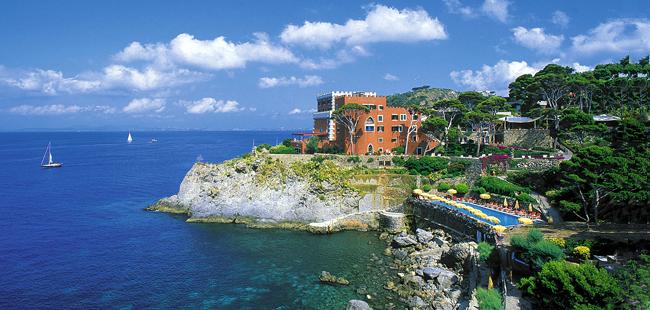
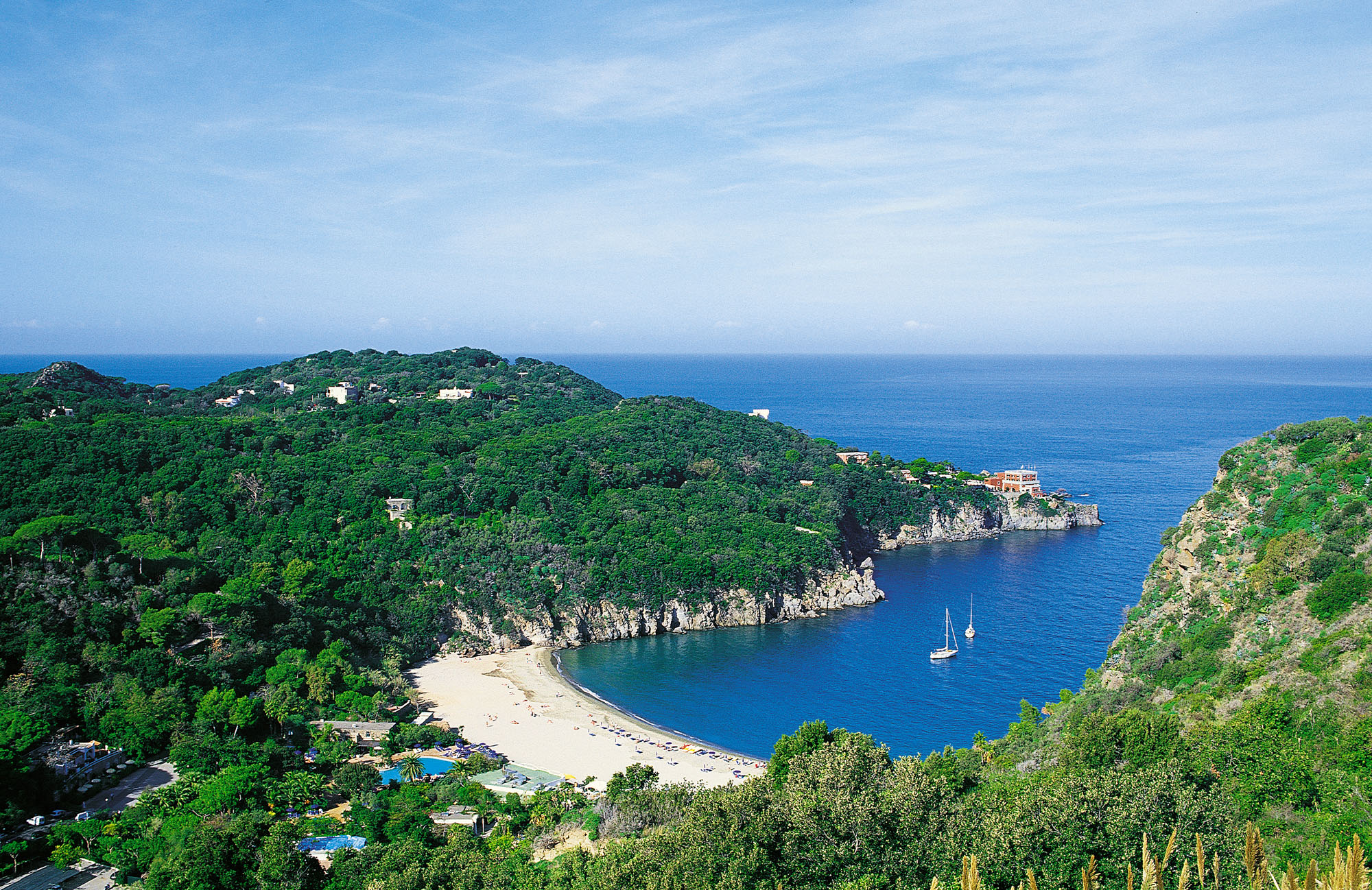
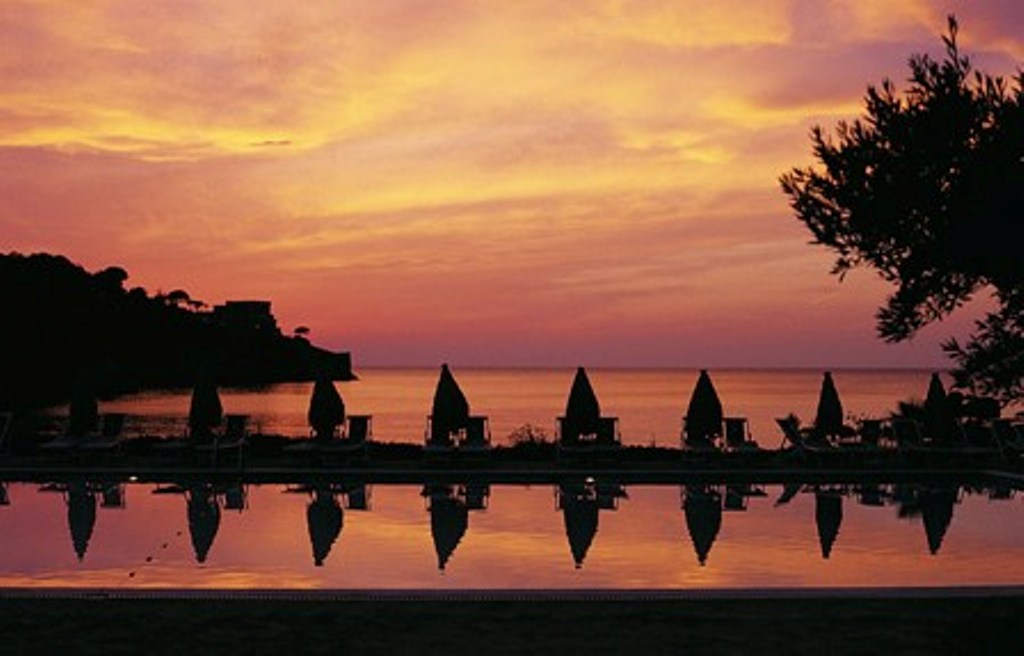
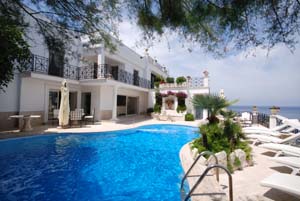
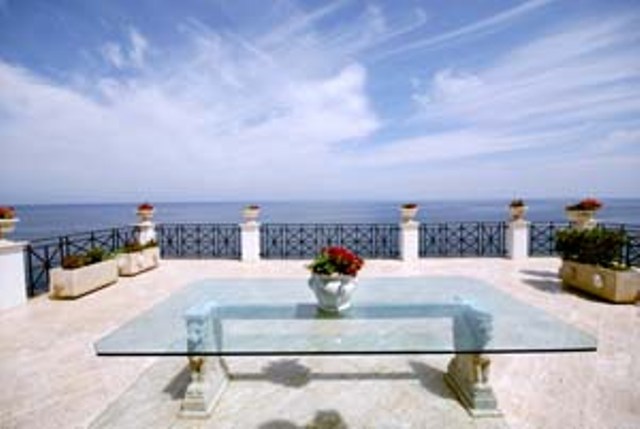
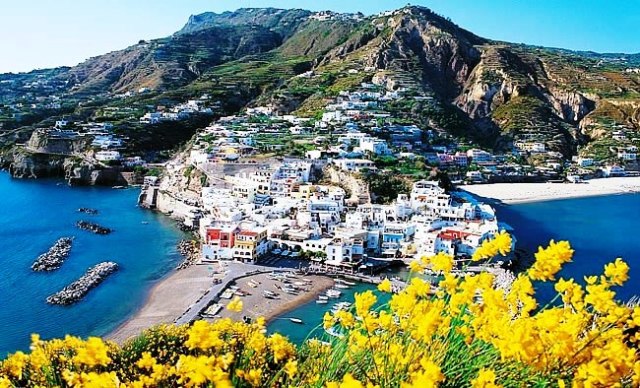
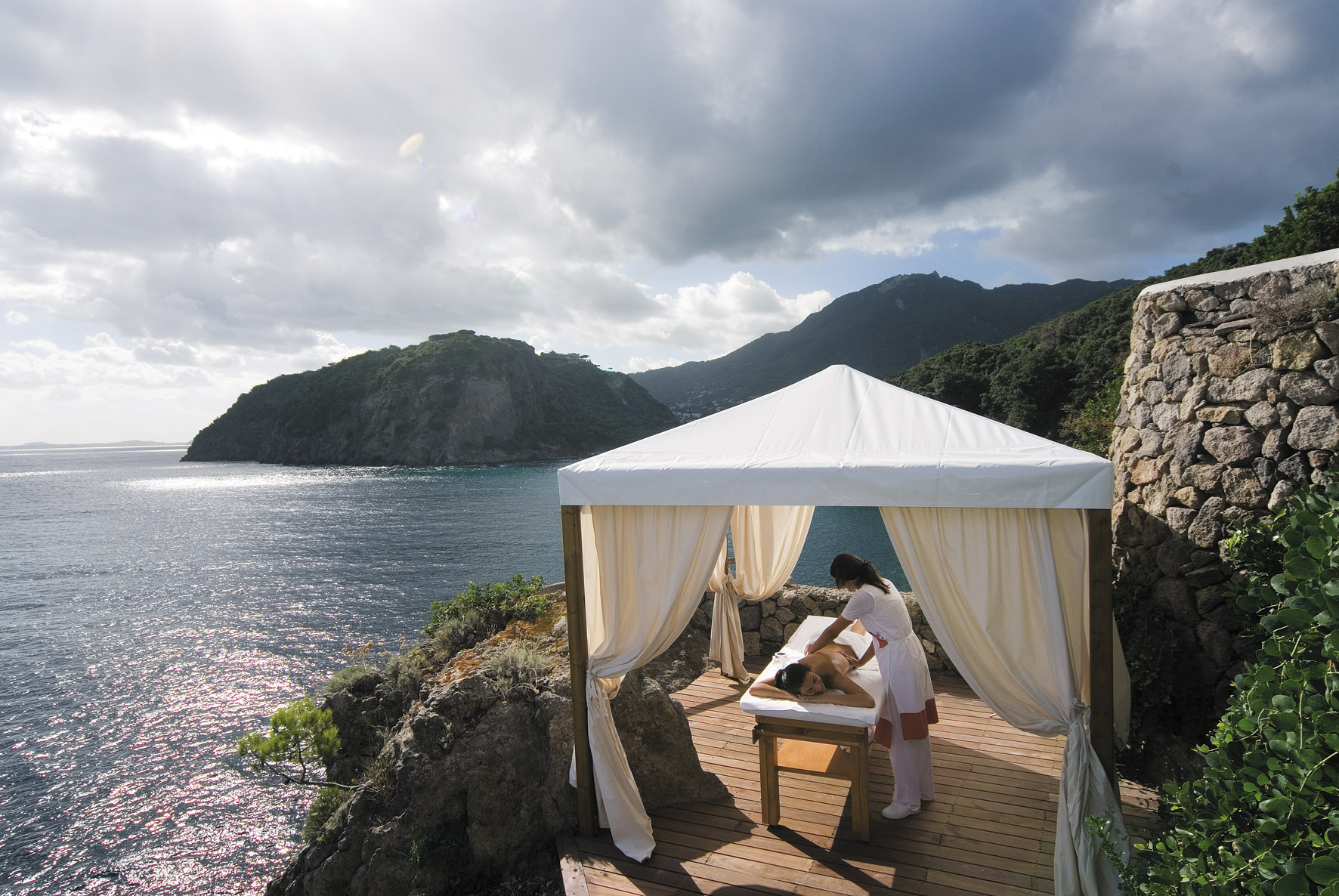
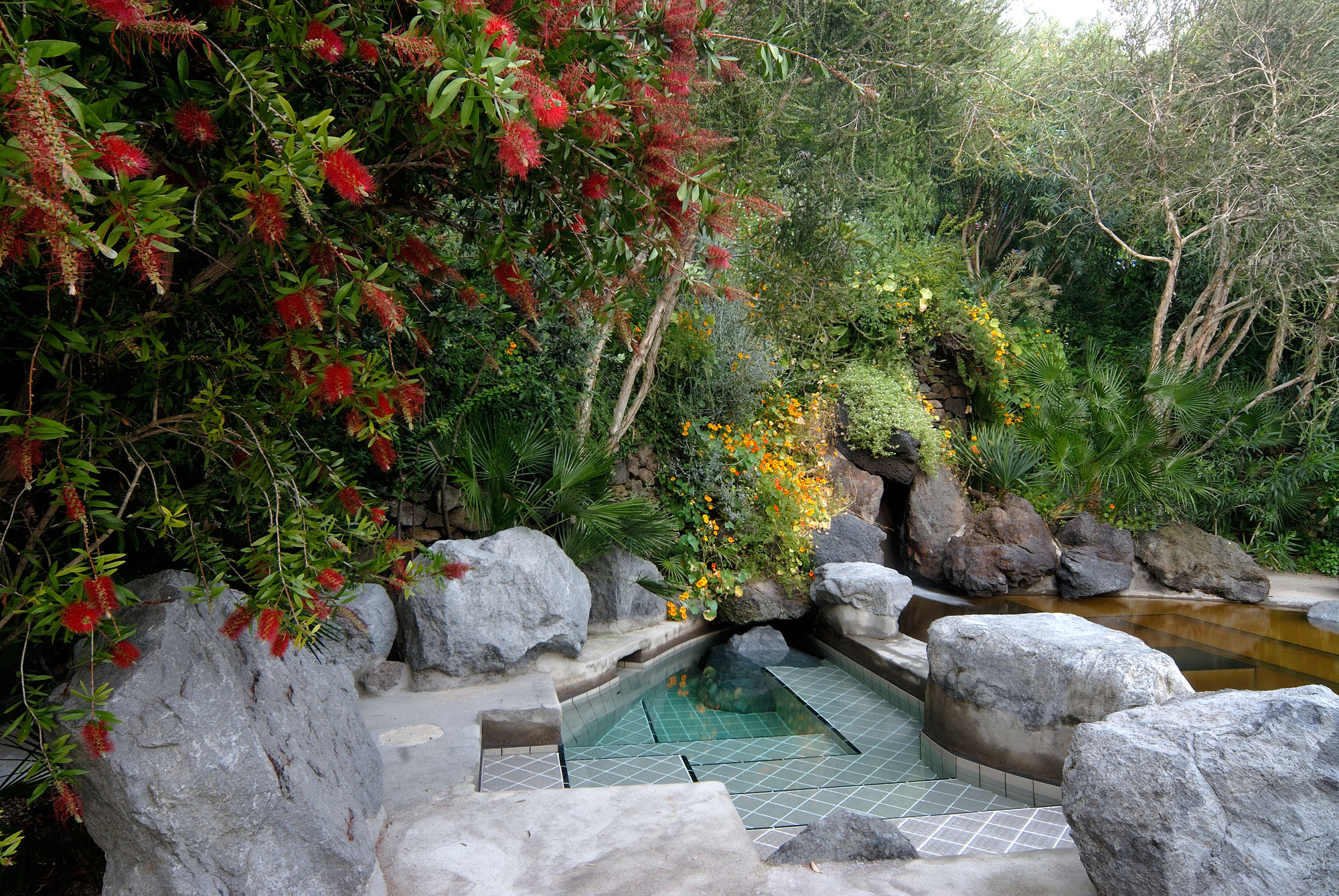
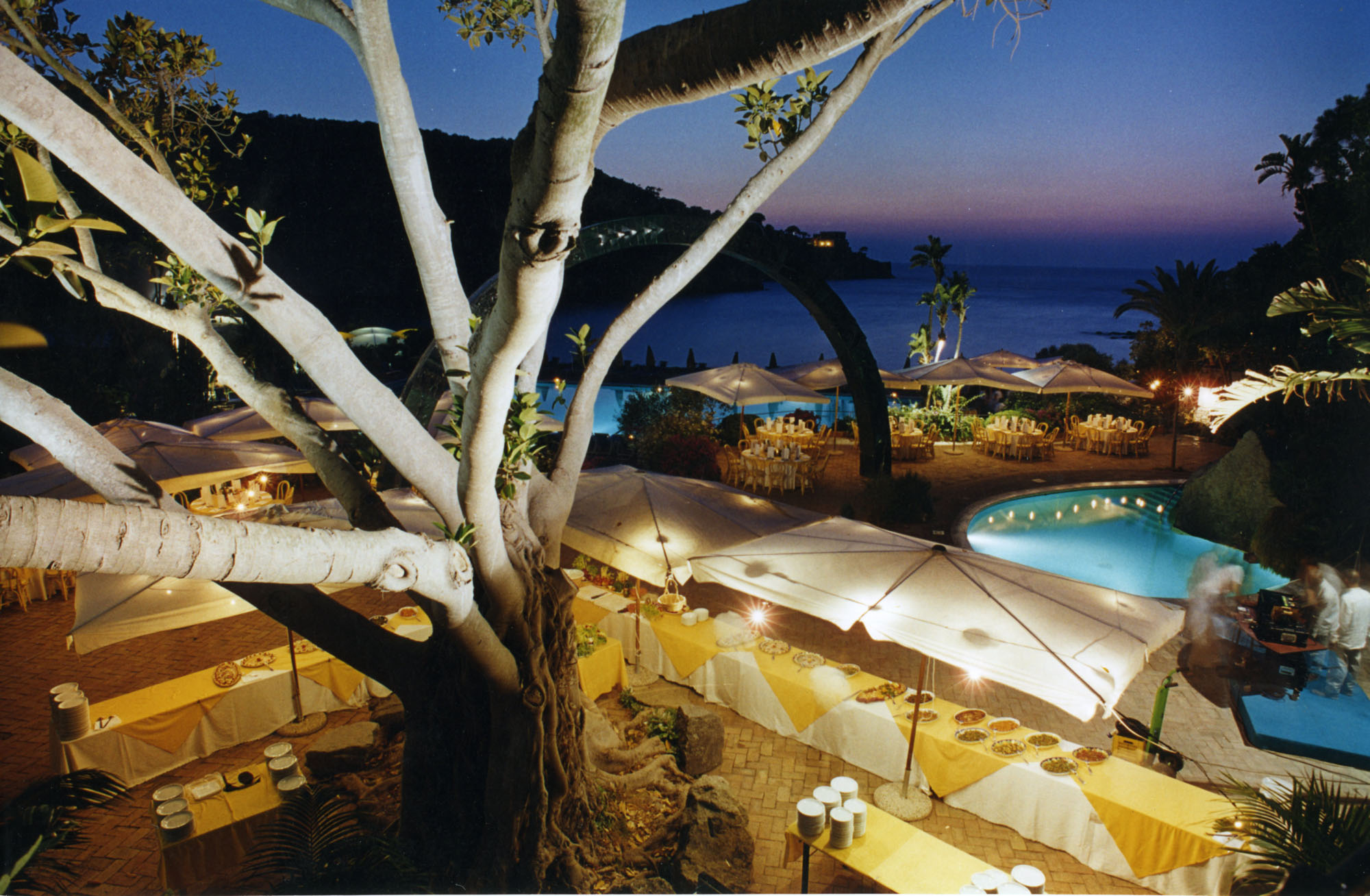
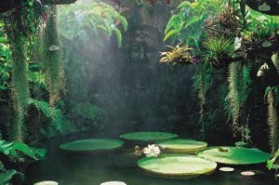
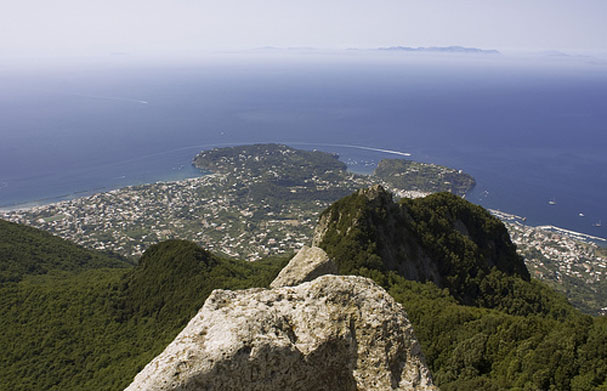
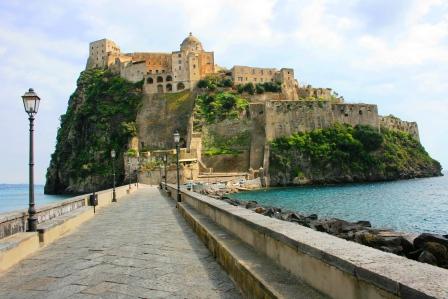
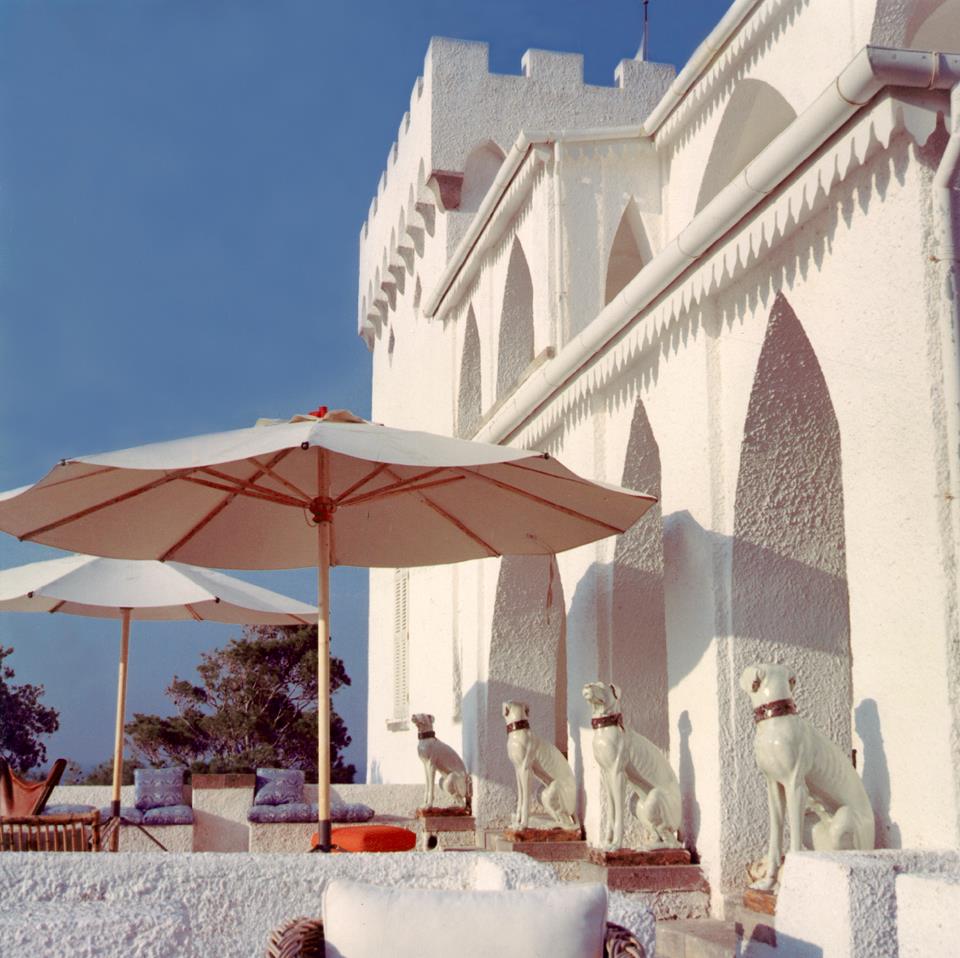
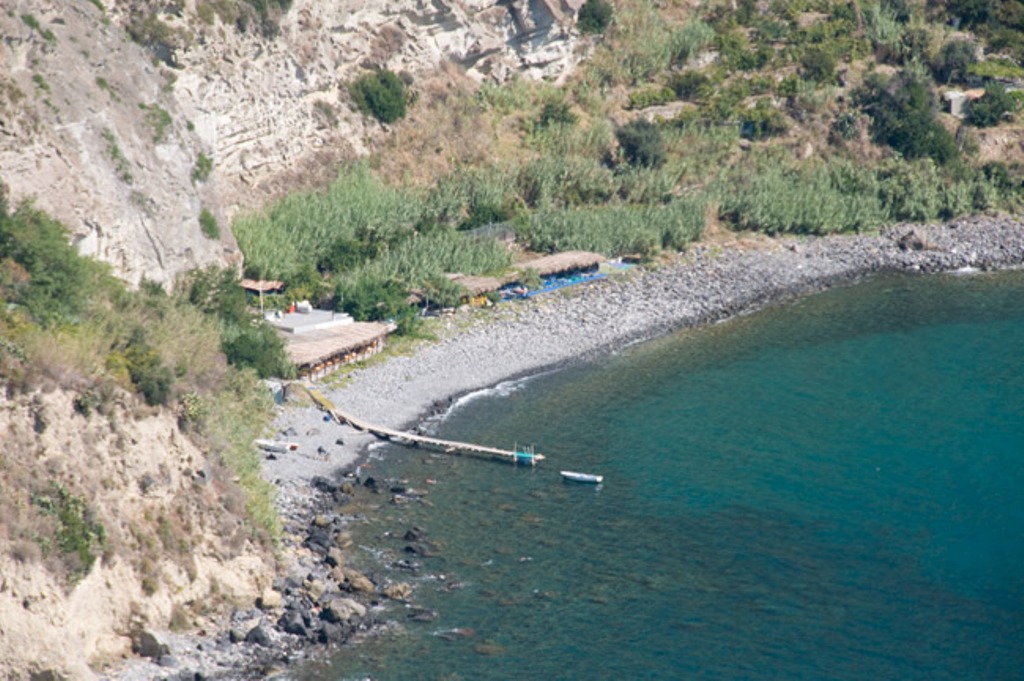
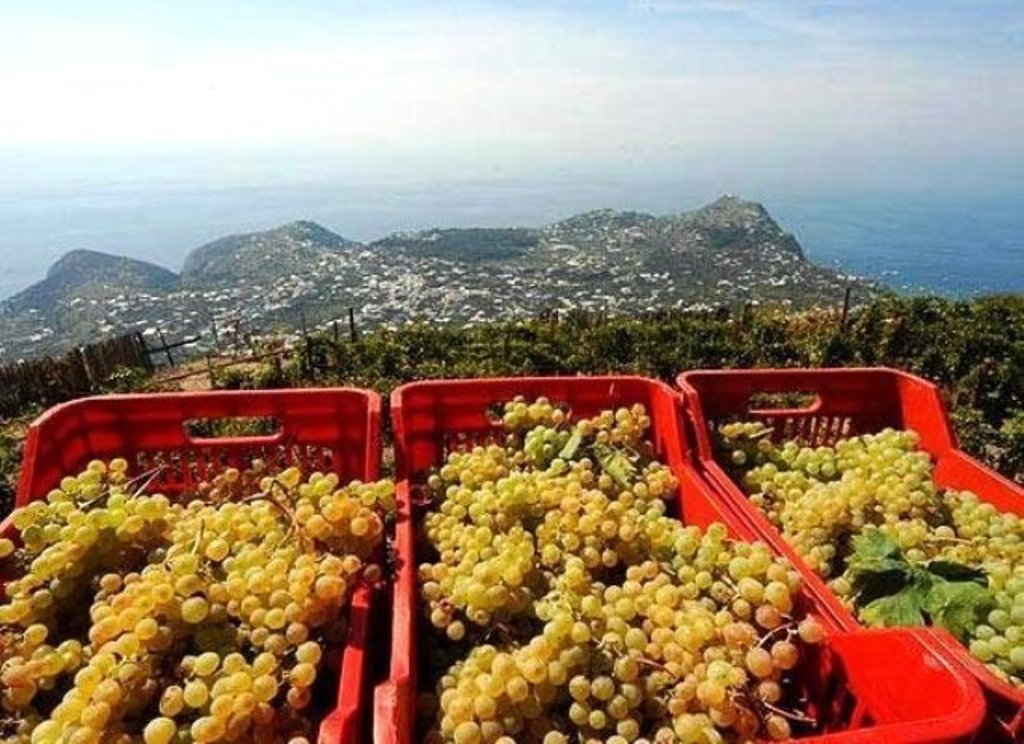
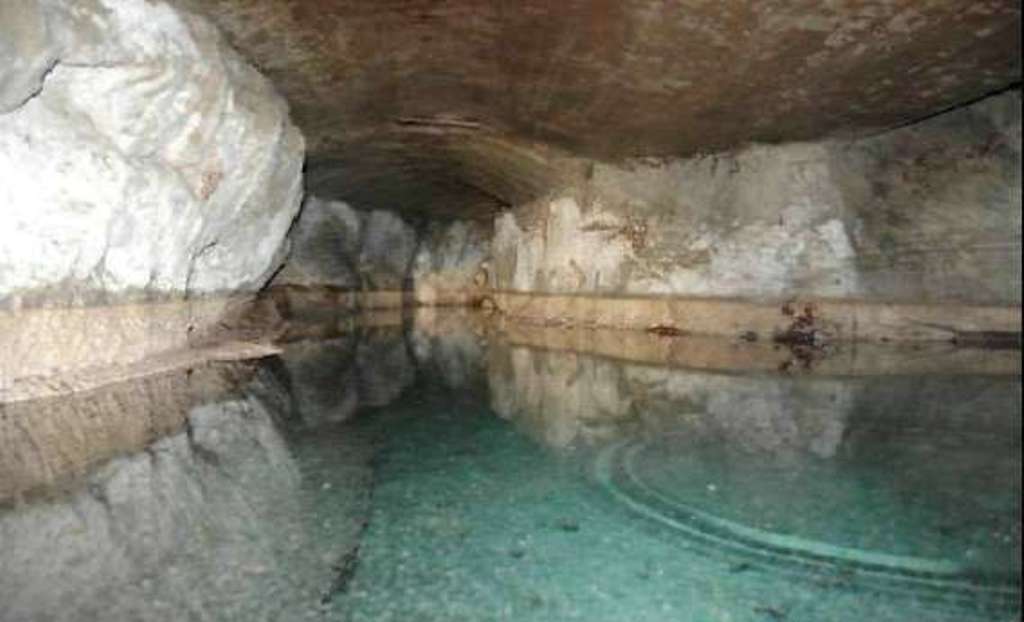
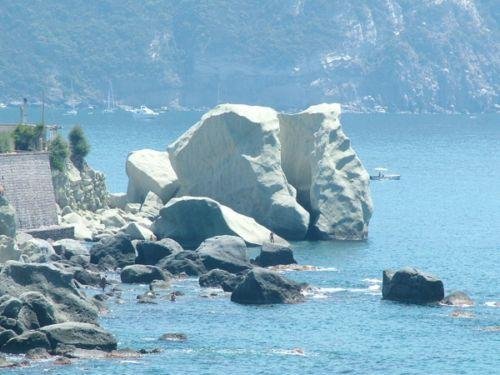
Commenti